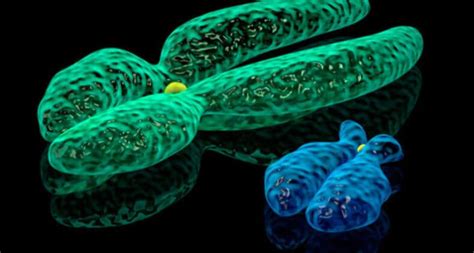What is Human Hair Color?
The vibrant tapestry of human hair colors is a captivating mystery that has intrigued scientists and captivated artists alike. Hair color stems from the interplay of two types of melanin pigments: eumelanin and pheomelanin.

- Eumelanin: Responsible for brown and black hair, eumelanin grants strands their dark, rich hues.
- Pheomelanin: The culprit behind red and blonde hair, pheomelanin imparts a warm, fiery glow.
Genetics of Hair Color
The riddle of hair color unravels in the depths of our chromosomes. A single gene, known as MC1R, holds the key to our pigmentation. This gene harbors a variety of variants that encode different amino acids, creating a kaleidoscope of hair colors:
| MC1R Variant | Hair Color | Frequency |
|---|---|---|
| Variant R | Red | 1-2% |
| Variant W | Blonde | 10-20% |
| Variant B | Brown | 50-60% |
| Variant BR | Black | 20-30% |
Environmental Influences
While genetics reign supreme in determining hair color, environmental factors can also play a role:
- Sunlight: UV rays can lighten hair, giving it a sun-kissed glow.
- Chemical Treatments: Coloring, bleaching, and perming can alter hair color dramatically.
- Age: As we age, hair naturally loses pigment, leading to graying.
The Social Significance of Hair Color
Beyond its biological implications, hair color holds profound social significance:
- Identity: Hair color can be a source of pride and a marker of cultural heritage.
- Fashion: Hair colors have evolved into fashion statements, influenced by trends and societal norms.
- Stereotypes: Hair color can trigger stereotypes, both positive and negative.
Medical Implications of Hair Color
Hair color can provide clues to certain health conditions:
- Redheads: Individuals with red hair may be more susceptible to sunburn and skin cancer due to their reduced melanin production.
- Gray Hair: Premature graying may indicate underlying hormonal imbalances or autoimmune disorders.
- Hair Loss: Certain hair loss conditions, such as alopecia areata, can affect hair color.
Novel Applications for Hair Color Research
Scientists are exploring innovative applications for hair color research:
- Hair Color Prediction: AI algorithms can predict hair color based on genetic data.
- Forensic Science: Hair color analysis can aid in criminal investigations by narrowing down suspect pools.
- Medical Diagnosis: Hair color biomarkers could help diagnose diseases early on.
Useful Tables
Table 1: Hair Color Distribution
| Region | Brown | Black | Blonde | Red |
|---|---|---|---|---|
| North America | 40% | 5% | 30% | 5% |
| Europe | 50% | 10% | 25% | 10% |
| Asia | 80% | 15% | 5% | 1% |
Table 2: MC1R Variants and Hair Color
| Population | Variant R | Variant W | Variant B | Variant BR |
|---|---|---|---|---|
| Europeans | 2% | 15% | 60% | 20% |
| Africans | 0% | 5% | 90% | 5% |
| Asians | 1% | 10% | 80% | 9% |
Table 3: Environmental Influences on Hair Color
| Factor | Effect |
|---|---|
| Sunlight | Lightens hair |
| Chemical Treatments | Alters hair color |
| Age | Leads to graying |
Table 4: Hair Color and Health
| Condition | Hair Color |
|---|---|
| Redheads | More susceptible to sunburn and skin cancer |
| Gray Hair | May indicate underlying hormonal imbalances or autoimmune disorders |
| Hair Loss | Certain hair loss conditions can affect hair color |
Tips and Tricks for Hair Color
- Embrace your natural hair color to enhance your unique beauty.
- Experiment with temporary hair color dyes to try out different shades without commitment.
- Consult a professional hairstylist for personalized hair color recommendations.
- Protect your hair from UV rays to prevent fading and damage.
- Nourish your hair with deep conditioning treatments to maintain its health and vibrancy.
Pros and Cons of Changing Hair Color
Pros:
- Express your personal style
- Enhance your overall appearance
- Cover gray hairs
- Boost your confidence
Cons:
- Potential damage to hair
- High maintenance costs
- May not suit all skin tones
- Can be time-consuming to upkeep
Conclusion
Human hair color is a captivating tapestry of genetic inheritance, environmental influences, and cultural significance. By unraveling the secrets of our chromosomes, we gain a deeper understanding of our own identities and the diversity of human beauty. As research continues to uncover novel applications for hair color, we can anticipate exciting advancements that will enhance our understanding of human health and foster societal progress.
